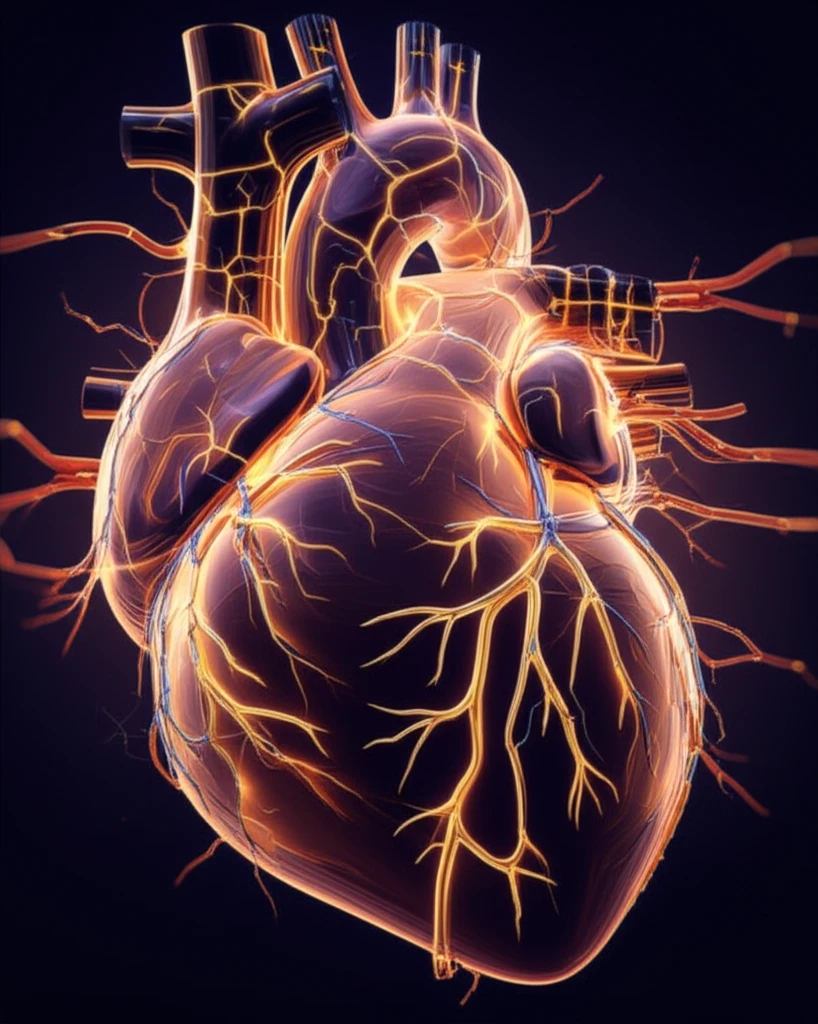
CRT and Heart Failure: Can Tech Predict Treatment Success?
"New Research Assesses Echocardiographic Techniques for Optimizing Cardiac Resynchronization Therapy"
Heart failure (HF) is a serious global health issue, affecting millions worldwide and characterized by high rates of morbidity and mortality. In patients with advanced heart failure, cardiac resynchronization therapy (CRT) has emerged as an effective treatment option, improving heart function and quality of life.
CRT involves implanting a device that coordinates the contractions of the heart's ventricles, addressing electrical conduction disturbances that can worsen heart failure. However, not all patients respond favorably to CRT, making it crucial to identify those most likely to benefit. The use of echocardiography is vital both in the selection process and in the ongoing evaluation of CRT's effectiveness.
A study published in the Arq Bras Cardiol sought to evaluate the use of echocardiography in assessing CRT outcomes over a two-year period. By analyzing various echocardiographic parameters, the researchers aimed to determine which measurements could predict the success of CRT and improve patient selection for this advanced therapy. This article delves into the methods, findings, and implications of this research, offering insights for patients, caregivers, and healthcare professionals.
How Can Echocardiograms Improve CRT Outcomes?

The study, conducted by Viviane Cordeiro Veiga and colleagues, involved 20 patients undergoing CRT, with a focus on assessing various echocardiographic parameters before and after the procedure. The researchers monitored changes in heart function, structural remodeling, and the coordination of ventricular contractions. Key components of the study included:
- Patient Monitoring: Participants were monitored for two years, with regular assessments to track changes in their condition.
- Quality of Life Assessment: The Minnesota Living with Heart Failure Questionnaire (MLWHF) was used to evaluate patients' perceived quality of life.
- Functional Capacity: The six-minute walking test measured patients' ability to perform physical activities.
- Echocardiographic Evaluation: Two-dimensional echo-Doppler cardiograms were performed to assess heart function and identify dyssynchrony.
Better CRT Outcomes with Advanced Imaging
The study highlights the potential of echocardiographic assessments, particularly tissue Doppler imaging, in predicting CRT success. By identifying patients with specific patterns of dyssynchrony, clinicians can better tailor CRT to individual needs, ultimately improving outcomes and quality of life. As technology advances, integrating these advanced imaging techniques into routine clinical practice is crucial for optimizing heart failure management.
